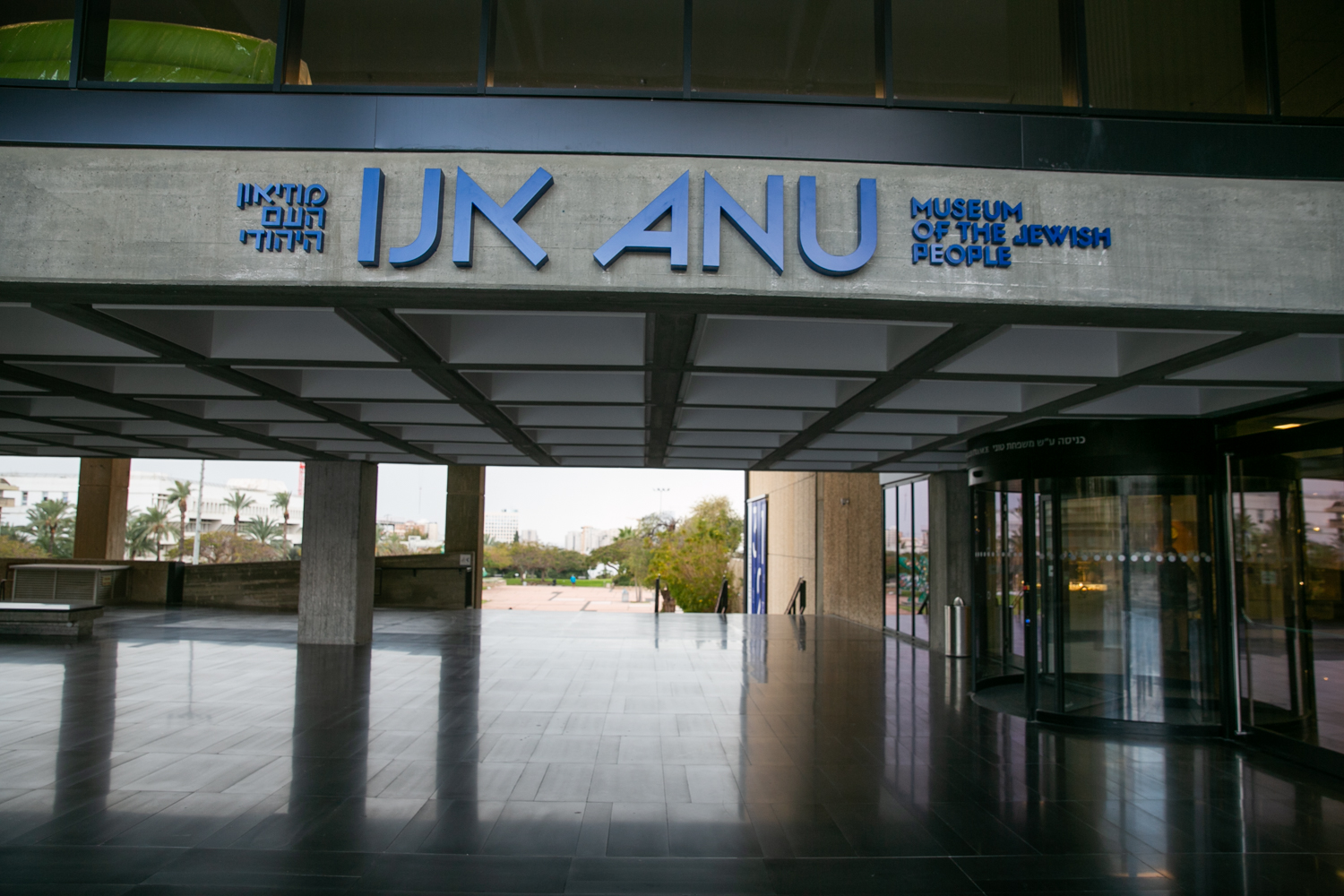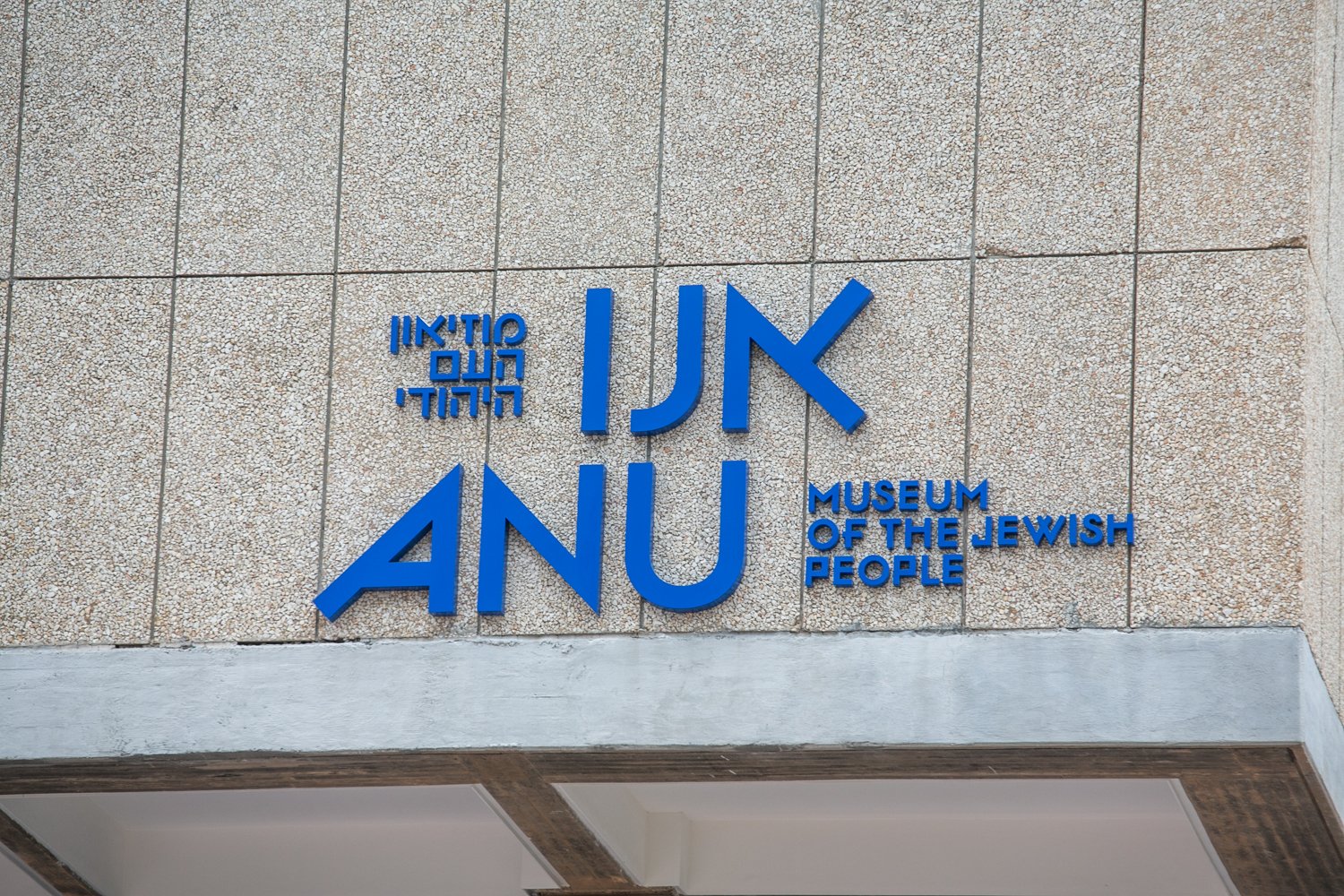About
Search Results
About ANU

The story of the Jewish people is a story of constant renewal. The Museum of the Jewish People is now fully renewed! The new core exhibition (as of March 2021) reflects the Jewish world of today. ANU – Museum of the Jewish People celebrates the multiculturalism of Jewish diversity and adopts an inclusive, pluralistic approach.
For over four decades, The Museum of the Jewish People has been playing an integral role in strengthening Jewish identity and perpetuating Jewish heritage worldwide.
ANU - Museum of the Jewish People is positioning itself as a relevant, cutting-edge museum and cultural center, whose relevance and reputation for excellence will be unrivaled. Each visitor will feel - The Story is not Complete without You!
The Renewal

The Renewal
ANU - Museum of the Jewish People is more than a Museum. This unique global institution tells the ongoing and extraordinary story of the Jewish people.
ANU - Museum of the Jewish People connects Jewish people to their roots and strengthens their personal and collective Jewish identity. The Museum of the Jewish People conveys to the world the fascinating narrative of the Jewish people and the essence of the Jewish culture, faith, purpose and deed while presenting the contribution of world Jewry to humanity.
The Museum opened as Beit Hatfutsot in 1978 thanks to the vision of Nahum Goldmann. In 2005, the Israeli Knesset passed the Beit Hatfutsot Law that defines the museum as "the National Center for Jewish communities in Israel and around the world".
In 2016 the Museum's new wing was open, introducing the Synagogue Hall, and in March 2021, after Ten years of planning and construction, ANU - Museum of the Jewish people, the largest Jewish museum in the world, has opened its doors.
Our Mission:

Our Mission:
- To present and display the unique and ongoing 4,000 year-old story of the Jewish people – past, present and future.
- To nurture a sense of belonging among Jewish visitors and to strengthen Jewish identity.
- To celebrate Jewish pluralism and diversity.
- To serve as the central address for Jewish discourse, engagement and learning for Jewish individuals, families, communities and organizations from Israel and around the world.
